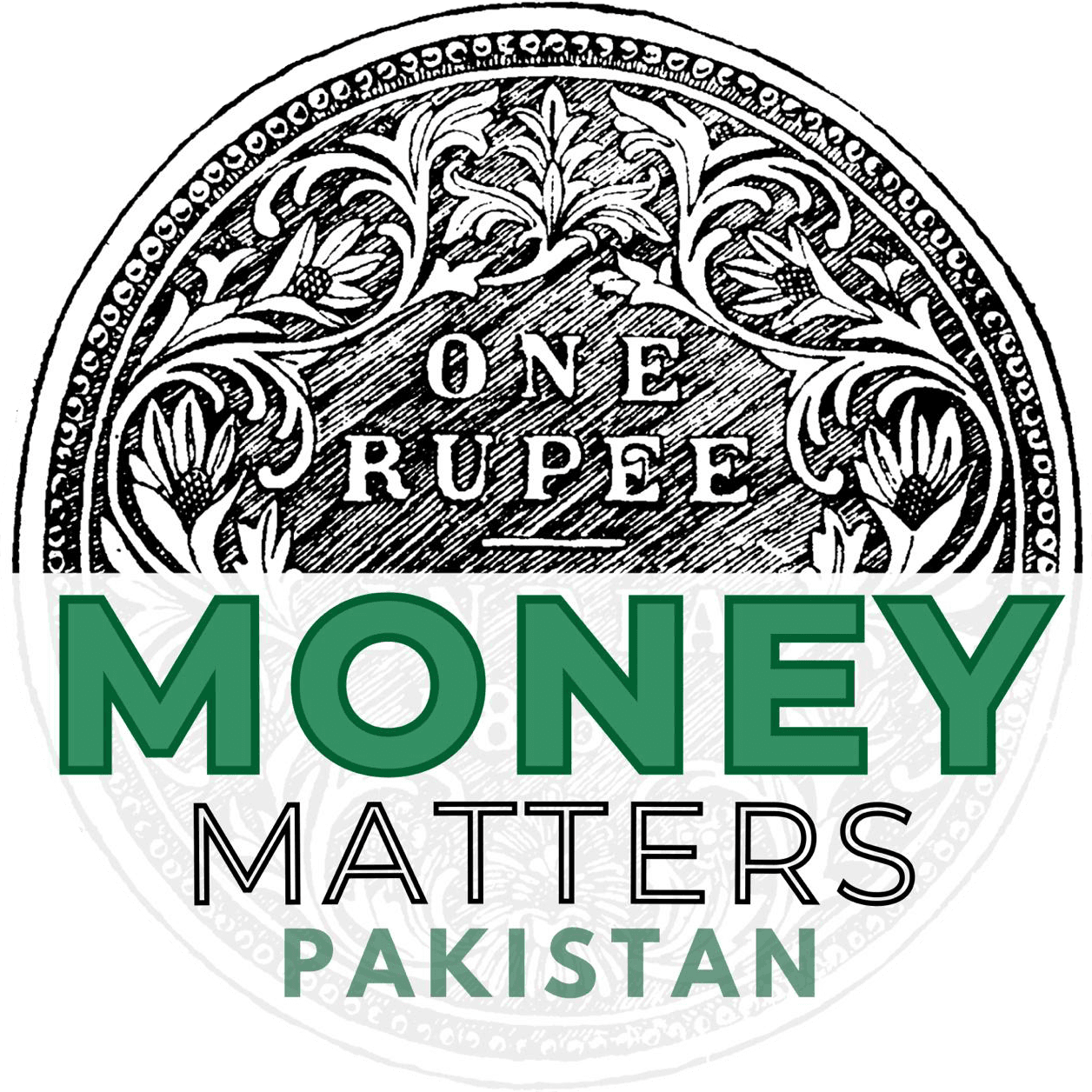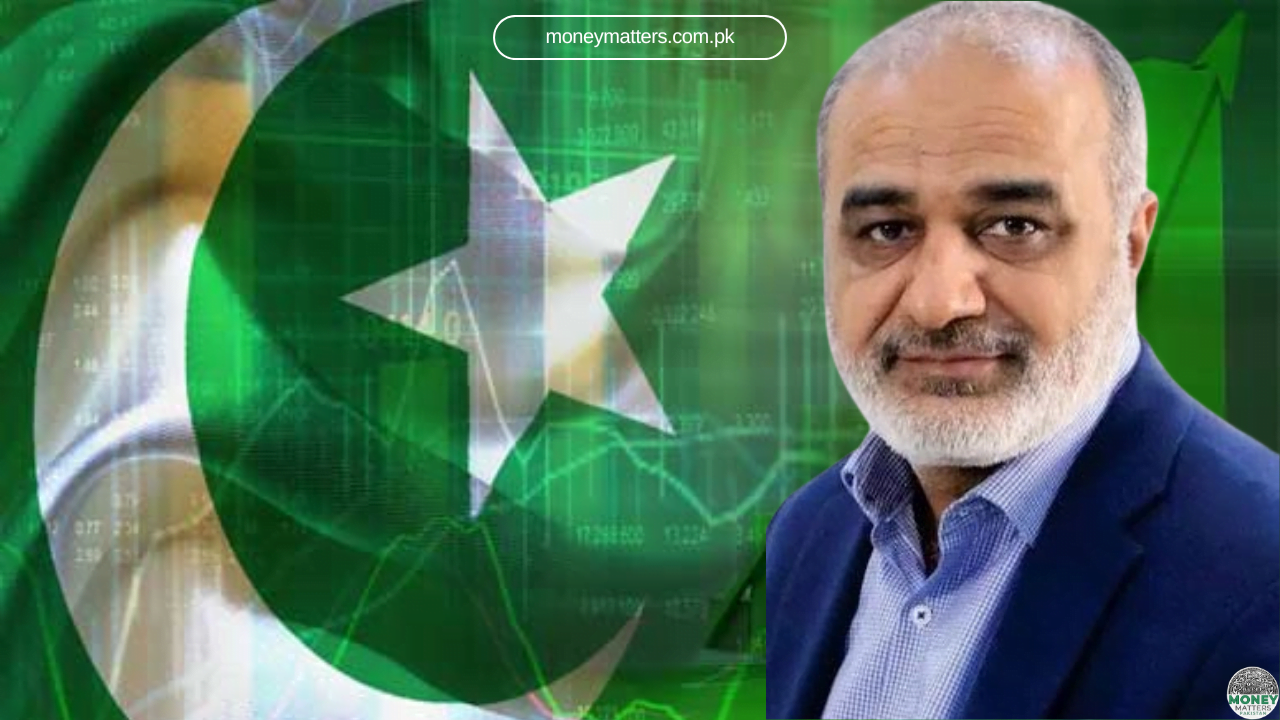Key Takeaways:
- Pakistan’s reliance on debt has become a critical issue.
- Circular debt and capacity payments are exceeding defense budgets.
- The country’s growth model, heavily driven by consumption, exacerbates economic imbalances.
- State-owned enterprises are a significant burden.
- The tax collection system needs comprehensive reforms.
Rana Tariq Mehboob, Chairman of the Chainstore Association of Pakistan, has offered a candid analysis of the numerous economic challenges facing Pakistan today. In his article, “Pakistan’s Many Economic Challenges,” Mehboob highlights the urgent need for economic reforms to ensure national security and prosperity.
According to Mehboob, Pakistan’s economic difficulties have reached a critical stage. He emphasizes the importance of identifying the root causes of these problems to chart a viable path forward.
Reliance on Debt
One of the primary issues Mehboob addresses is Pakistan’s heavy reliance on debt. He notes that “Pakistan’s external debt stands at $130 billion,” with a looming repayment of $27.47 billion by November 2024. The country’s foreign currency reserves, however, are only $14.57 billion. To mitigate this crisis, the government is seeking more loans from international institutions and friendly countries. However, even allies are now hesitant to extend further loans, a sentiment echoed by Prime Minister Shahbaz Sharif’s statement, “I have not come here to beg; it is an inevitable necessity.”
Circular Debt and Capacity Payments
Another significant issue is the escalating circular debt and capacity payments. Mehboob points out that circular debt has reached Rs2.636 trillion, and capacity payments for the financial year 2024-25 amount to Rs2.8 trillion, surpassing the defense budget of Rs2.12 trillion. The rising electricity costs tied to these payments are severely impacting both the common people and the economy.
Consumption-Driven Growth Model
Mehboob also critiques Pakistan’s growth model, which is heavily driven by consumption. Former SBP Deputy Governor Murtaza Syed highlighted that “whenever growth picks up, our import bill quickly rises,” resulting in a significant trade deficit. In 2024, the trade deficit was $24.06 billion, with exports at $30.65 billion and imports at $54.71 billion. The challenge lies in striking a balance between sustainable growth and managing the deficit.
Burden of State-Owned Enterprises
State-owned enterprises (SOEs) are another burden on Pakistan’s economy. Mehboob notes that for the fiscal year 2023, SOEs recorded total net losses of Rs202 billion. Despite generating Rs703 billion in profits, their losses amounted to Rs905 billion.
Ineffective Tax Collection System
The most pressing issue, according to Mehboob, is the ineffective tax collection system. Despite promises of tax reforms, successive governments have failed to deliver. The current budget includes high taxation, with increased sales tax and surcharges on higher incomes. Mehboob argues that true tax reforms should aim to bring those who evade taxes into the system, rather than overburdening those who are already tax-compliant.
Root Causes and Solutions
Mehboob attributes Pakistan’s economic turmoil to faulty economic policies, political unrest, financial losses from the war on terrorism, climate change damages, and inconsistent economic strategies. He stresses the need for long-term strategies and their efficient execution for economic development. Highlighting China’s Foreign Minister Qin Gang’s advice, Mehboob urges Pakistan’s political forces to build consensus, uphold stability, and effectively address domestic and external challenges to focus on growing the economy.
A Path Forward
To navigate out of this economic quagmire, Mehboob suggests several critical measures:
– Increasing revenue and reducing expenses.
– Prioritizing local production to reduce imports and boost exports.
– Renegotiating agreements with Independent Power Producers (IPPs) to save billions.
– Developing a skilled workforce through skill-based education programs.
– Implementing an effective and acceptable tax policy that increases tax collection without overburdening compliant taxpayers.
In conclusion, addressing Pakistan’s economic challenges requires comprehensive and strategic reforms. Mehboob, as Chairman of the Chainstore Association of Pakistan, emphasizes that the decisions lie with policymakers, who must steer the country in the right direction to avoid remaining trapped in this dire economic situation.




